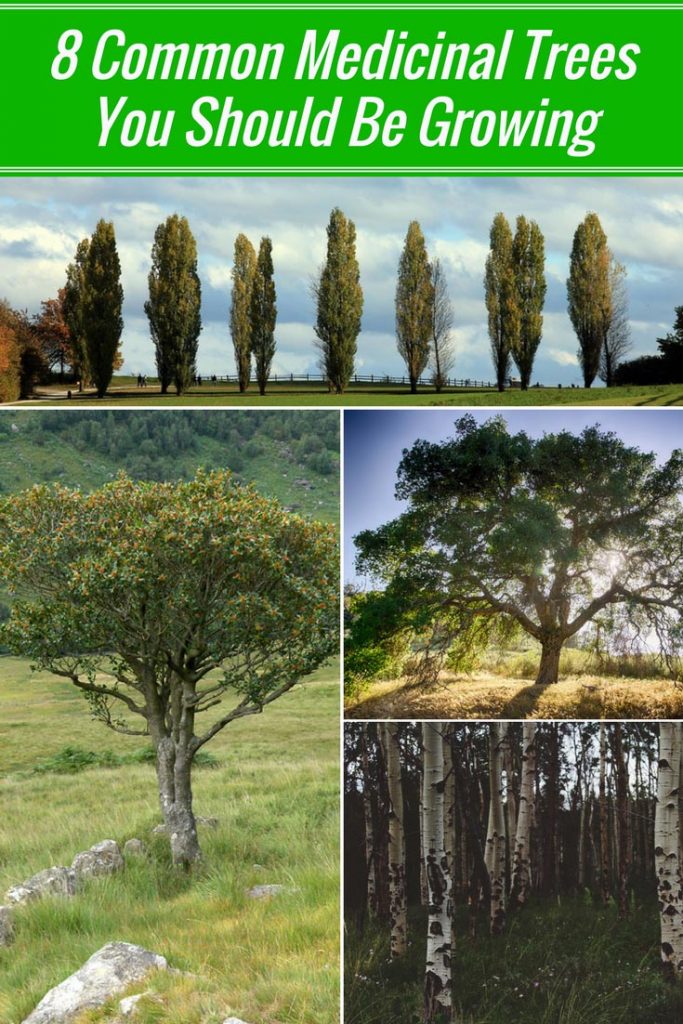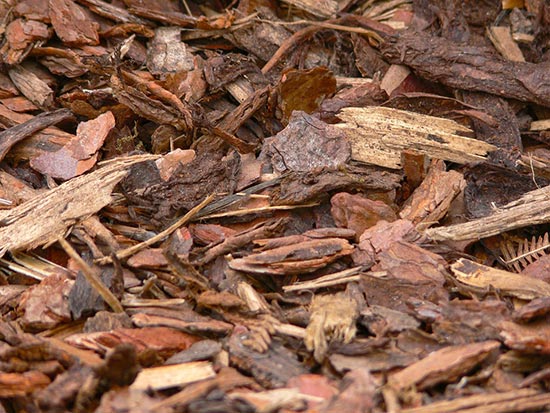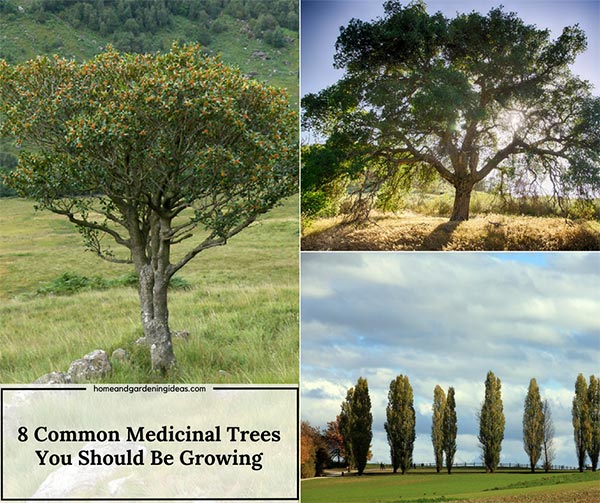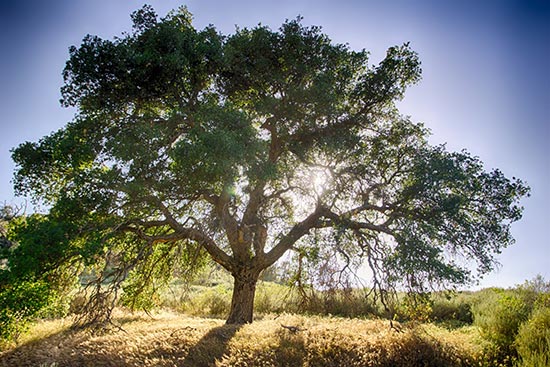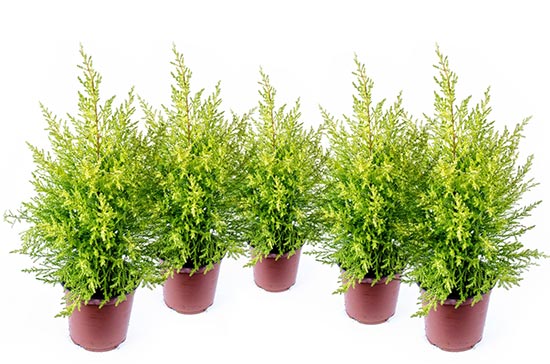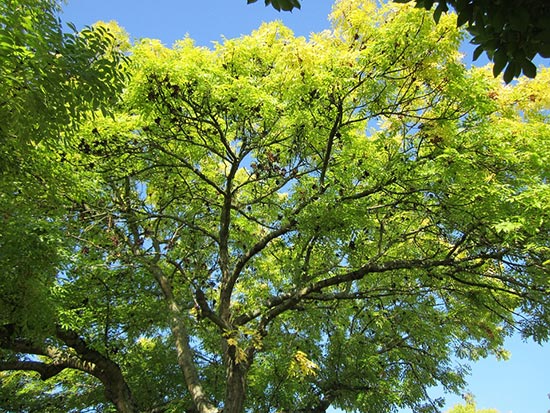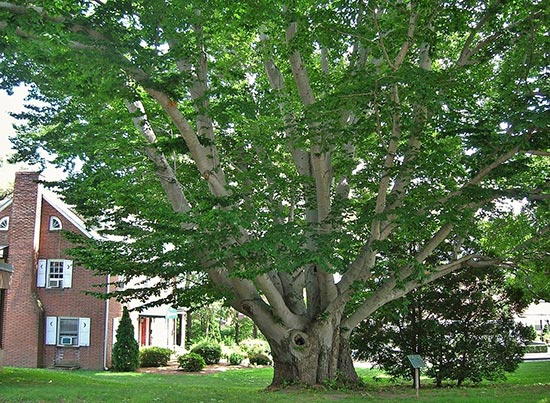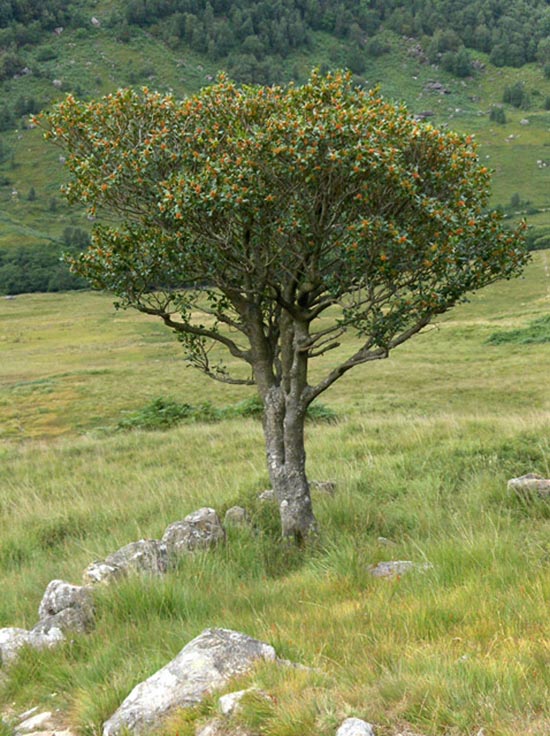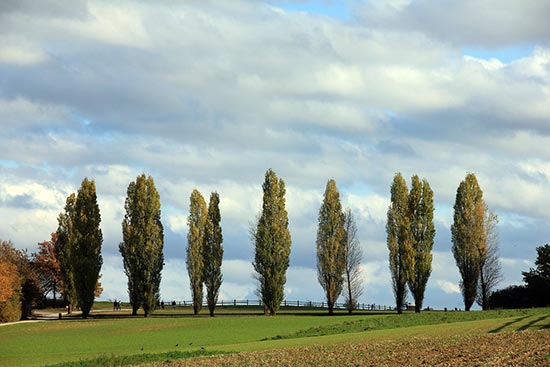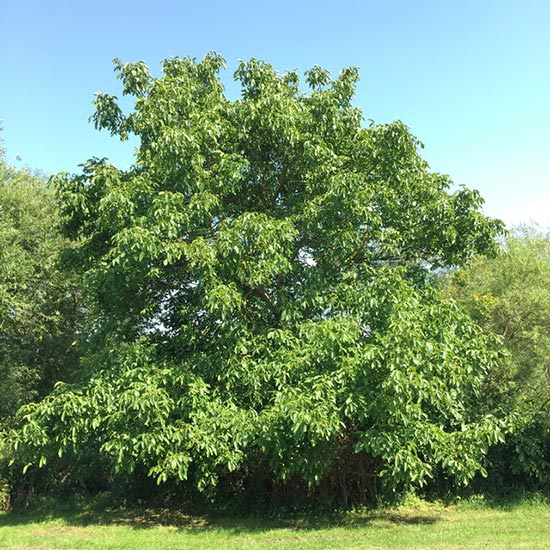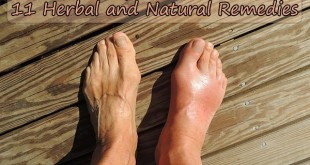8 Common Medicinal Trees You Should Be Growing
Tree medicines have an advantage over fresh herbs in that they can be harvested year-round. There are several prevalent varieties that grow in North America whose roots, leaves, bark, or twigs can be used to treat common ailments. As with using herbs, it’s important to know how to harvest the necessary parts without killing the entire plant.
- Be mindful of the tree’s potential longevity when gathering medicines
Harvest from downed limbs or trees by stripping the bark of roots or twigs with a sharp knife. Stripping a living tree of its bark will harm the tree, if not kill it.
- Harvest from the cambium
The relevant medicinal components are found in the living yellow-green layer underneath the rough outer bark.
- Use immediately or dry for later use
Dry bark by hanging it or laying it in non-overlapping strips in a shady location. To dry leaves, tie the stems or branches together and hang them in bunches somewhere shady.
Now that you know how to harvest from trees, you’re ready to learn how to use the organic material that you gather. To use tree bark, simmer 2 teaspoons of bark and a cup of water in a covered pot for approximately 20 minutes. Then strain it and either drink it immediately or store it in a glass jar with a tight-fitting lid for up to 1 week in the fridge.
Leaves should be harvested in early spring and are prepared in the same manner as the bark. 2 teaspoons of fresh or dried leaves can be steeped with a cup of water for about 20 minutes in a covered pot. Use lemon juice and honey to flavor medicinal teas as desired.
Here are just a few of North America’s medicinal trees you should be growing in your yard
Oak
The tannins found in oak bark and leaves have antiseptic and antiviral qualities. If made into a poultice, it can help pull the edges of a wound closed and otherwise promote healing. Used as a wash, it can also help with other skin problems, such as poison ivy and burns. White oak is the best variety for internal use. White Oak bark tea treats many ailments including chronic mucus discharge, piles, and diarrhea. It can also be gargled to help with a sore throat. While short-term use is highly effective, long-term use is potentially harmful.
Pine
Pines are a type of evergreen; all evergreens, including cedar, spruce, and larch, have antiseptic qualities that make them useful to treat wounds. White Pines are the most palatable variety. Its needles and twigs have a high concentration of vitamin C and, when brewed as a tea, it is useful to treat coughs, colds, and sore throats. Traditional Chinese medicine also reveres the knot of the wood for its concentrated resins. Pine is also a useful addition to baths, promoting healthy kidneys, circulation, and muscle relaxation. Its aroma has healing properties as well and is soothing to the nervous and respiratory systems.
Ash
Ash is brewed to unlock its medicinal qualities. Tea made from ash leaves or the new spring growth of the twigs is considered a laxative that will help with jaundice, rheumatism, and gout.
Beech
The bark from beech trees is brewed as a tea to help with lung problems and as a blood cleanser. It was traditionally used to treat tuberculosis. Beech bark tea also helps relieve the symptoms of poison ivy if used as a wash. The leaves can be made into a poultice and used to treat frostbite and burns.
Holly
The buds and twigs of Mountain Holly were traditionally used by Native Americans as a wash for herpetic eruptions, ulcers, jaundice, diarrhea and fever. Only the leaves were used internally as a tea. English and European Holly can also be used as a tea or infusion to treat flu-like symptoms including cough and cold. Do not eat the berries.
Poplar
Many parts of the poplar are considered medicinal. Native Americans used the buds, root, bark, juice, and resinous gum of the tree to treat a wide array of ailments. Juice from White Poplar was warmed and used as eardrops. The bark, which is high in salicin, was used to treat everything from eczema, serious wounds, burns, cancer and gangrene to body odor. New May buds were used in salves to treat sprains and muscle aches, skin problems, tumors, headaches, gout, bruises, and upper respiratory ailments. Buds were also used as internal medicine to treat kidney and bladder conditions, coughs, rheumatic pain, and scurvy. Even the root is medicinal when combined with White Poplar to stop premature bleeding in pregnant women. The inner bark of young poplar is edible early in the season and can be brewed as a liver and kidney enhancing tea. Native Americans also obtained the resinous gum of poplar trees by scoring the bark. The gum was applied to swollen areas and toothaches.
Walnut
Walnut husks are medicinal when rubbed directly on ringworm or brewed as a tea and used as a douche for vaginitis. Gather them when they are still fresh and retain their antifungal properties. They are also rich in the skin-healing element manganese. The leaf can also be dried and ground into a powder. When the powder is combined with fresh leaves, it becomes an effective topical treatment for chronic ulcers. Use this poultice for roughly 20 consecutive days. The leaves can also be made into a tea to boost energy while improving circulation and digestion. The bark, dried and powdered or fresh and pulverized, can be used to promote healing and reduce swelling.
Birch
Birch tea can be made with leaves or twigs and works as a laxative. It is used to improve kidney and bladder health, and to treat mouth sores, gout, and rheumatic symptoms. Bathing in a decoction of bark, twigs, and leaves can soothe eczema, psoriasis, and other skin ailments. Recent studies show that birch sap contains betulinic acid which inhibits tumor development and, therefore, helps to fight cancer.
 Home and Gardening Ideas At home and Gardening ideas we believe inspiring readers about homesteading, self sufficiency
Home and Gardening Ideas At home and Gardening ideas we believe inspiring readers about homesteading, self sufficiency
